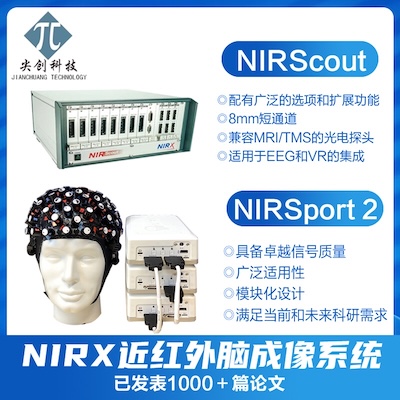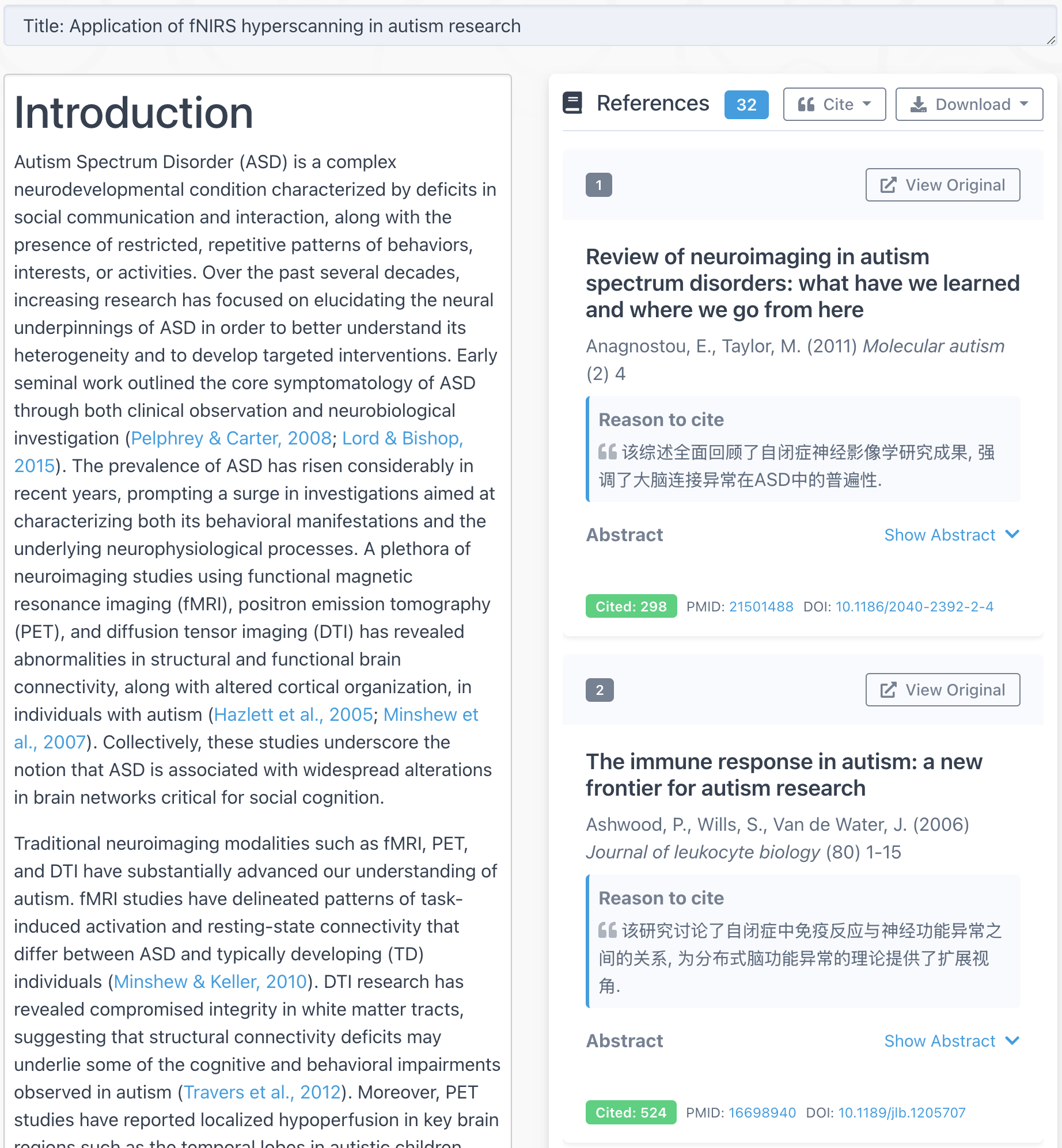One of the advantages of NIRS is that it measure two values at a time – both oxy- and deoxy-Hb concentration, while fMRI measure only one value, called BOLD. (See a comparison between NIRS and fMRI.) However, what is the use of measuring two values if they are highly correlated (actually anti-correlated)?
This is a valid question. In our 2010 paper titled “Functional Near Infrared Spectroscopy (NIRS) signal improvement based on negative correlation between oxygenated and deoxygenated hemoglobin dynamics“, we have shown that (1) theoretically (using Balloon model) oxy and deoxy Hb should be highly correlated, close to -1; (2) with real data, they are highly correlated. See the figure below with real data (I was the subject).

Now go back to our question: if they are highly correlated, maybe measuring both does not bring additional advantage. If we look at NIRS publications, we see most publications only use either oxy-Hb or deoxy-Hb in their analysis, or at least use them separately. It is not very clear why we should use both.
However, it turns out it is an advantage to measure both. In a study we have tried to “predict” if the subject is doing finger tapping or not by looking at the NIRS signal only (see the paper). This is useful for brain-computer-interface purpose. In the figure below, you will see that if we use only oxy-Hb (blue) or deoxy-Hb (green), the prediction accuracy is lower than if we combine them (red).
This means while oxy- and deoxy-Hb are highly correlated, we still get more if we measure both. I think part of the reason is that there are always noise in real data. With two measurement the signals are more robust again the corruption of noise.


